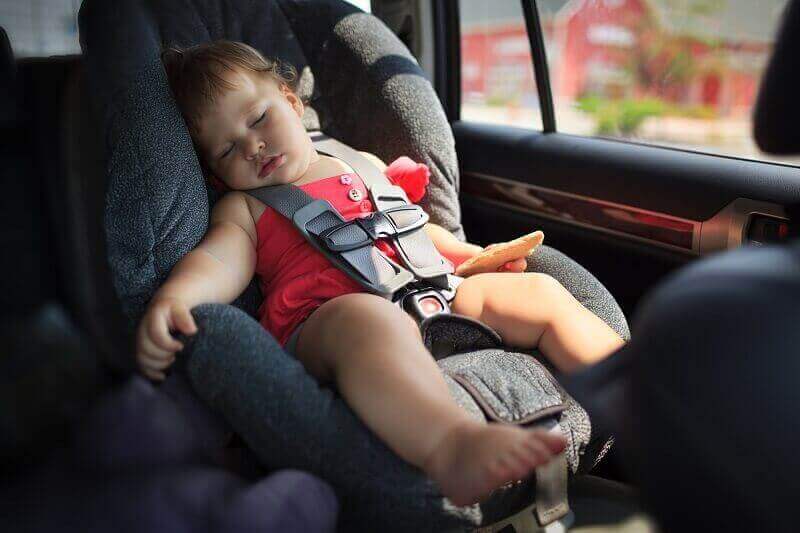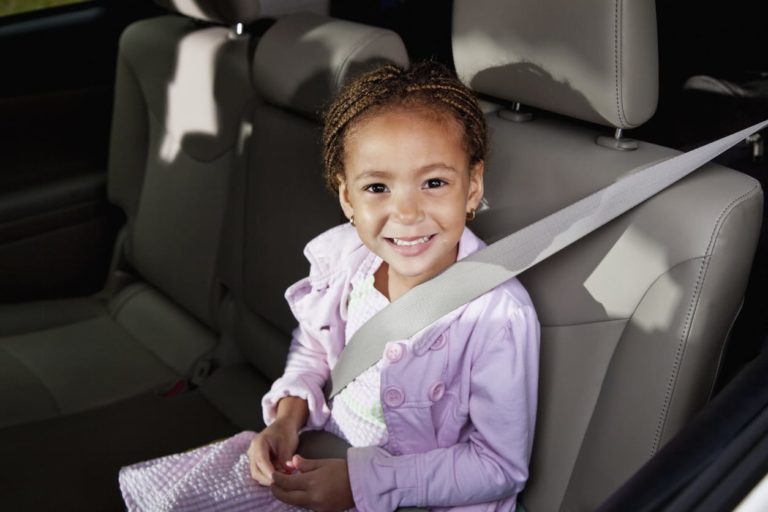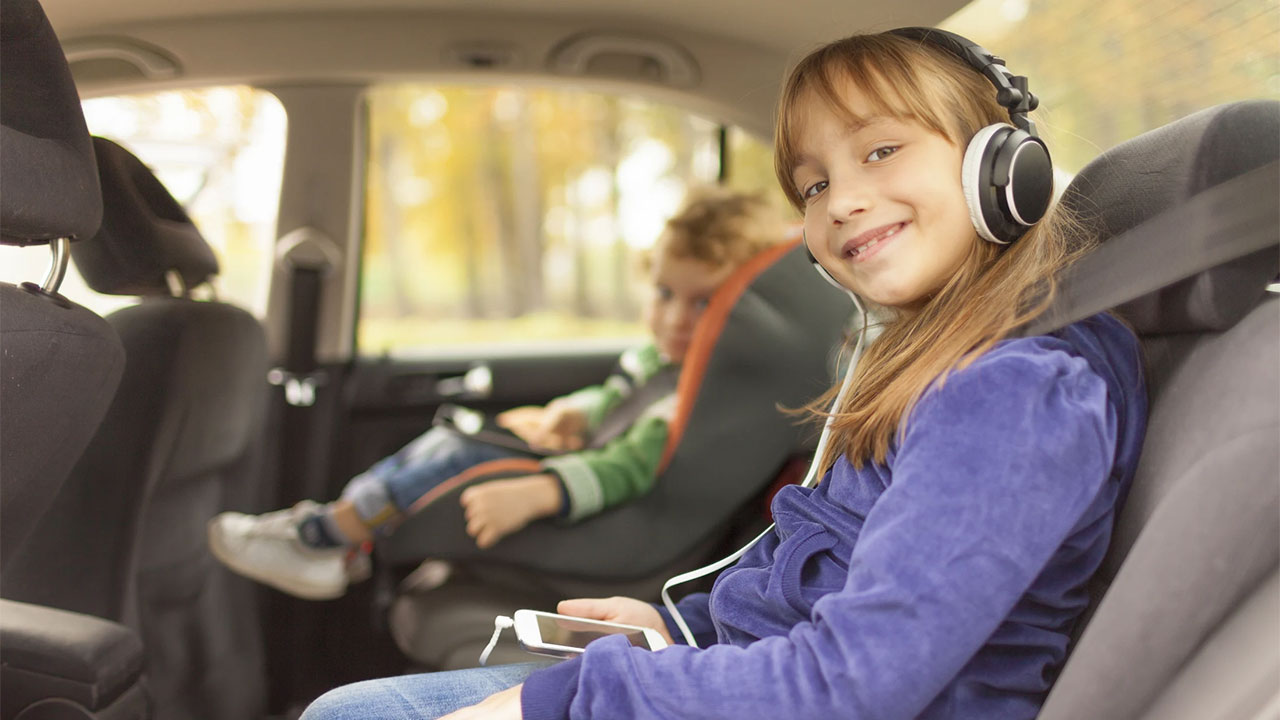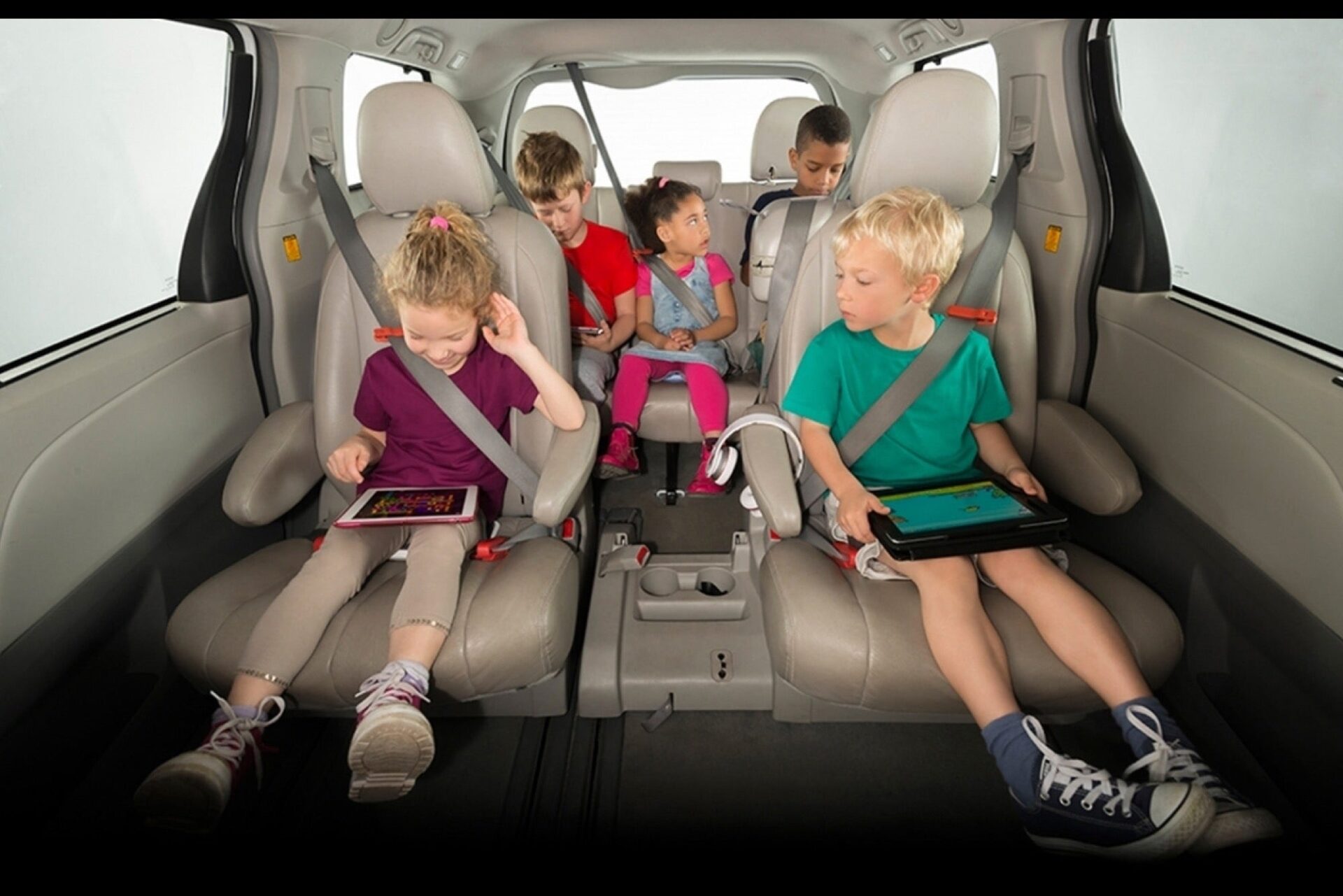Transporting children in the car requires careful consideration and adherence to safety measures to ensure their well-being during journeys. Whether it’s a short drive to the grocery store or a more extended road trip, prioritizing safety is paramount for parents and caregivers. Taking kids in the car safely involves a combination of proper equipment, focused driving, and consideration for the comfort and well-being of young passengers. By investing in suitable car seats, avoiding distractions, ensuring snug seat belts, planning breaks for longer journeys, and educating children about safety, parents and caregivers can provide a secure and enjoyable travel experience for the whole family. Safe travels begin with careful preparation and a commitment to prioritizing the safety of precious passengers.

Properly Installed Car Seats
Properly Installed Car Seats
Investing in the right car seat for your child’s age, weight, and height is crucial. Follow the manufacturer’s guidelines and ensure that the car seat is securely and correctly installed in the back seat. Infants and toddlers should use rear-facing seats until they outgrow the weight or height limit specified by the car seat manufacturer.
Age-Appropriate Seat Belts
As children grow, transition them to age-appropriate car seats or booster seats. Once a child is ready for a seat belt, make sure it fits properly. The lap belt should lie snugly across the upper thighs, not the stomach, and the shoulder belt should cross the chest and shoulder, avoiding the neck.

Age Appropriate Seat Belts
Avoiding Distractions
Minimize distractions while driving by focusing on the road. Engaging in activities like texting, talking on the phone, or adjusting the radio can divert attention from the task at hand. A distracted driver is more likely to miss potential hazards, increasing the risk of accidents.
Snug and Comfortable Clothing
Dress children in comfortable clothing for car journeys. Bulky or restrictive clothing, like winter coats, can interfere with the proper fit of seat belts. Instead, place blankets over the secured seat belt to keep children warm during colder weather.

Snug And Comfortable Clothing
Breaks and Rest Stops
For longer journeys, plan breaks and rest stops to allow children to stretch their legs, use the restroom, and have a snack. Regular breaks can prevent restlessness and reduce the likelihood of children becoming irritable during the journey. Keep travel-friendly snacks and entertainment options on hand.
Educate and Reinforce Safety Rules
Teach children about car safety rules and the importance of staying seated and buckled up. Reinforce these rules consistently, creating a habit of responsible behavior in the car. Explain the significance of seat belts and the role they play in keeping everyone safe.

Educate And Reinforce Safety Rules








